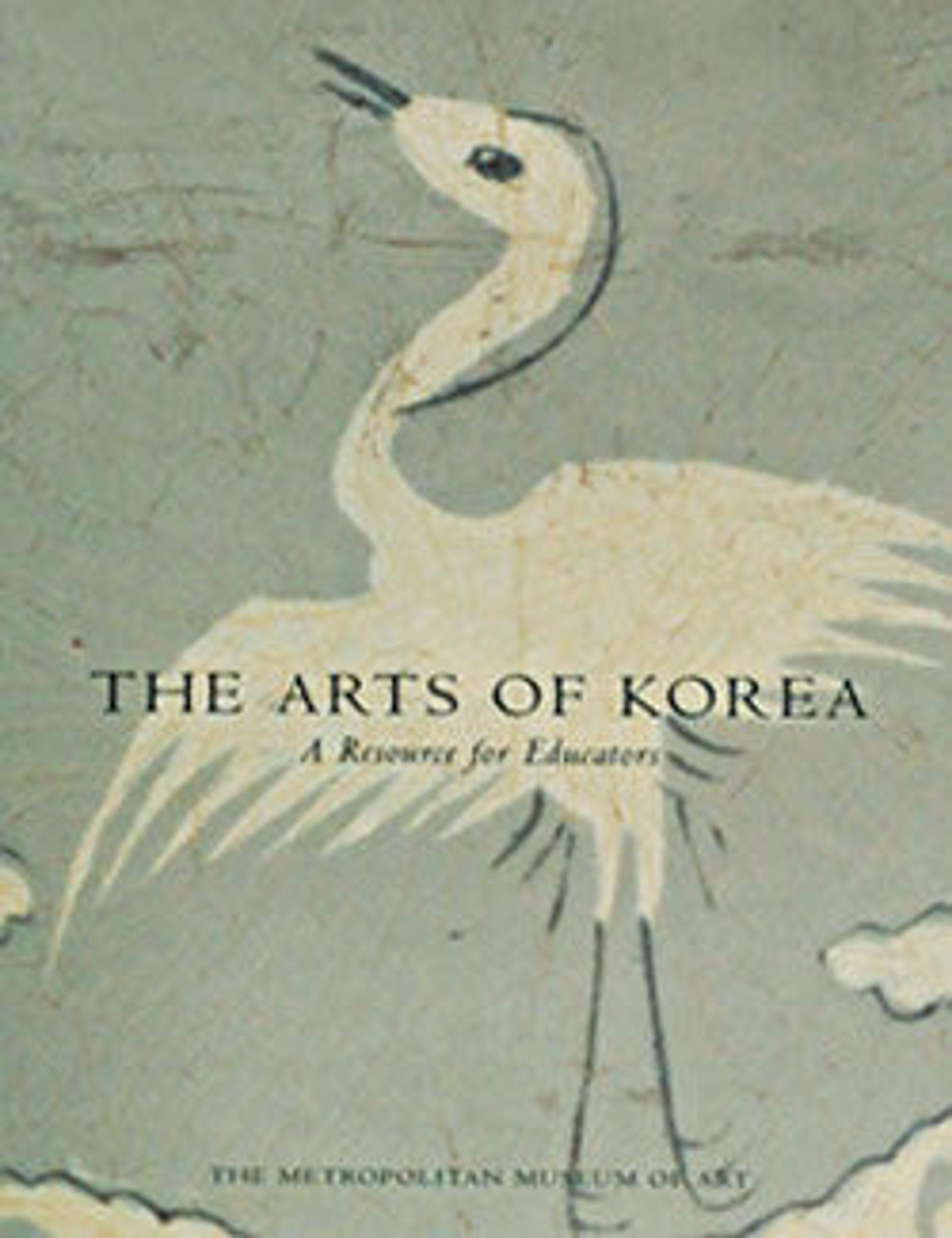Bak (Clappers)
The Bak clapper is made of six flat wood boards tied together at one end. Since the Unified Silla dynasty (668-935), its clattering sound has marked the start of a ritual or court performance and punctuated the ends of musical sections. The musician playing this time-keeping instrument often serves as the conductor and leader of the ensemble.
Description: six rectangular, red-lacquered slabs of pakdal wood, the slabs free at one end and having two holes in the other through which they are laced together by four strands of rawhide; imitation antique coins laced between each slab, the rawhide braided at ends and terminating in blue tassels.
Description: six rectangular, red-lacquered slabs of pakdal wood, the slabs free at one end and having two holes in the other through which they are laced together by four strands of rawhide; imitation antique coins laced between each slab, the rawhide braided at ends and terminating in blue tassels.
Artwork Details
- Title:Bak (Clappers)
- Date:20th century
- Geography:Korea
- Culture:Korean
- Medium:Wood
- Dimensions:L. of slabs: 36.9 cm (15-5/8 in.); Max. W. at free end: 6.4 cm (2-1/2 in.); W. at connected end: 4.6 cm (1-7/8 in.)
- Classification:Idiophone-Struck-bell-clapper
- Credit Line:Gift of Daewoo Group, 1981
- Object Number:1981.28.12
- Curatorial Department: Musical Instruments
More Artwork
Research Resources
The Met provides unparalleled resources for research and welcomes an international community of students and scholars. The Met's Open Access API is where creators and researchers can connect to the The Met collection. Open Access data and public domain images are available for unrestricted commercial and noncommercial use without permission or fee.
To request images under copyright and other restrictions, please use this Image Request form.
Feedback
We continue to research and examine historical and cultural context for objects in The Met collection. If you have comments or questions about this object record, please contact us using the form below. The Museum looks forward to receiving your comments.
